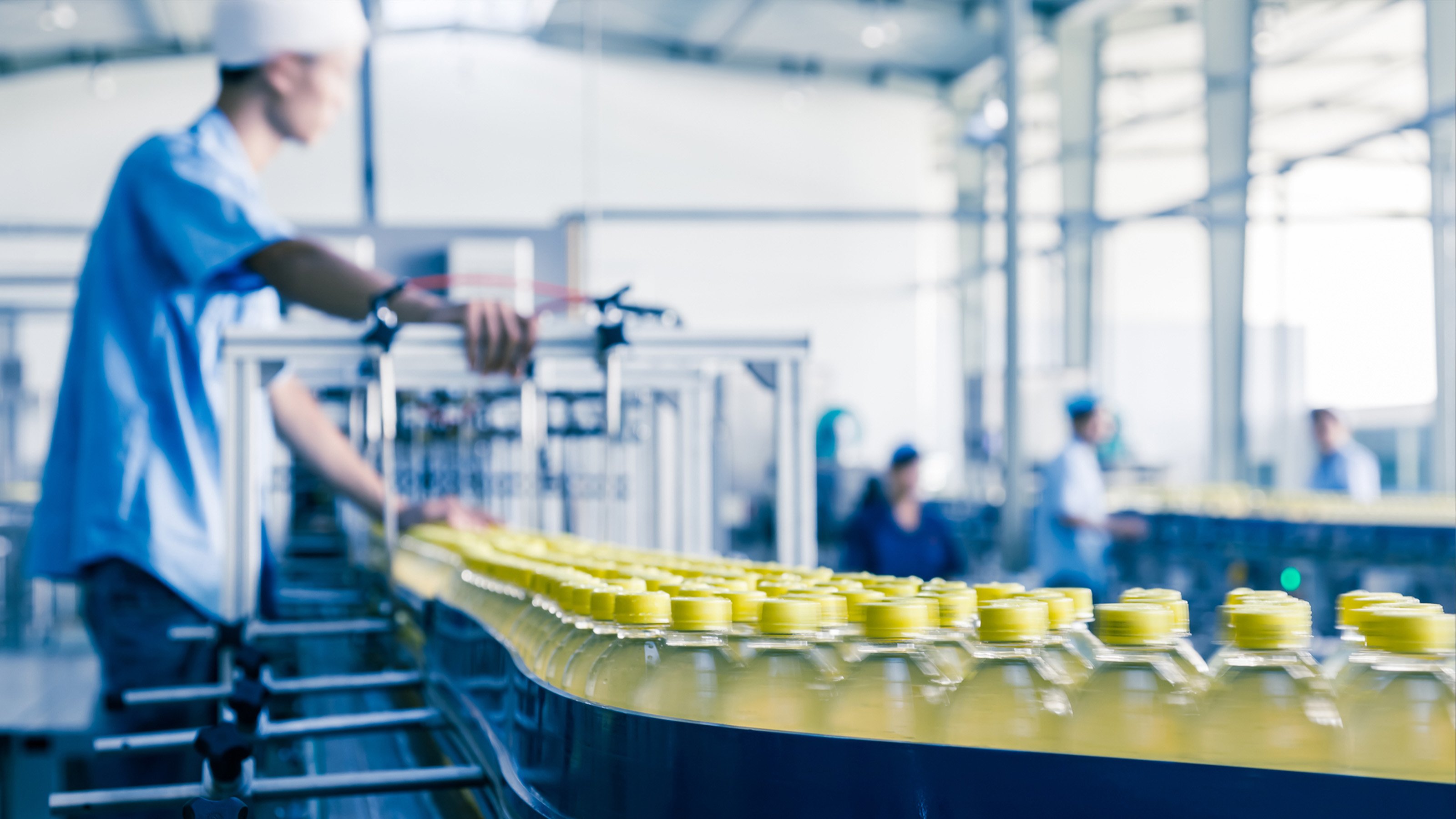Another advantage of AutoStore in distributed MFCs is its low maintenance requirements and ability to withstand the failure of any robot. Each of the system’s multiple robots (the number is based on the storage capacity and desired throughput) can reach any bin in the system, allowing individual robots to be taken off-line for maintenance without shutting down the system or reducing performance. Fast-moving products naturally migrate to the top of the grid to enhance retrieval times.
These features allow AutoStore to deliver consistent and reliable throughput in demanding e-grocery applications. While other technologies may list higher throughputs in their specifications, when actual throughput is measured on a weekly rather than hourly basis, AutoStore excels compared to the alternatives on the market.
Finally, AutoStore offers a uniquely higher degree of scalability than other automation systems being used in MFCs. Unlike other automation systems, you can add storage, robots or pick stations at any time without ever shutting down the system or having to break down fencing and other safety systems.














